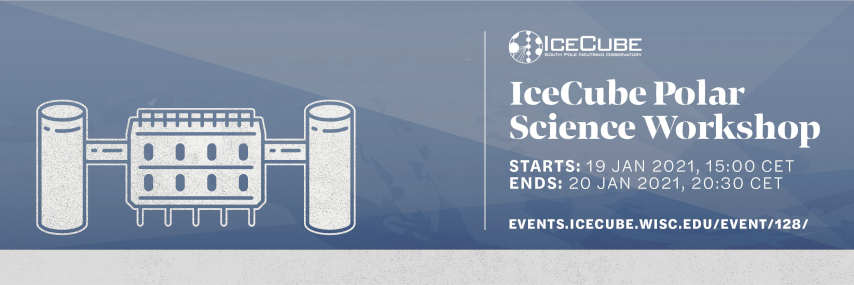Speaker
Description
Microparticle measurements from Antarctic ice cores provide valuable information on past climate dynamics (e.g., atmospheric circulation, dust source area conditions) and ice physical properties. Microparticle concentration and size distributions can be measured using coulter counter techniques on discrete samples, and/or high-resolution laser-based (Abakus) particle counters paired with continuous flow analysis (CFA). While the coulter counter technique (electrical resistance) provides the most accurate measurement of particle volume, it is limited to low resolution analysis. The laser-based approach provides high resolution, continuous, and accurate concentration data by measuring maximum particle length which is assumed to be particle diameter. At the South Pole, correlation between centennially resolved South Pole Ice Core (SPICEcore; 1751m, 54,000 years) Abakus dust concentration data and South Pole IceCube laser dust logger data is statistically significant (r = 0.85, p-value = <0.01). Recent evidence suggests that the spherical particle shape assumption may be incorrect due to variations in particle shape (i.e., aspect ratio). Dynamic particle imaging methodologies (i.e., FlowCAM) have been used by the biological community recently to measure physical properties of micro-sized phytoplankton (i.e., length, width, aspect ratio). We use the dynamic particle imaging technique to measure aspect ratios of microparticles over the past 54,000 years and compare to Abakus and Coulter Counter measurements collected from the SPICEcore during CFA melting. Discrete samples (~25 years/sample in the Holocene and ~120 years/sample in the LGM) were collected during CFA melting and measured via Coulter Counter and dynamic particle imaging techniques during three time periods; Termination I (n = 19, 10-18,000 years ago), LGM (n = 20, 18-26,000 years ago), and Heinrich Stadials 4 and 5 (n = 16, 36-50,000 years ago). Using a student’s t-test, coarse (5.1-6.4µm) size dependent aspect ratio distributions are statistically similar during the LGM and Heinrich Stadials 4 and 5 but are different (p-value < 0.01) during Termination 1. Our results suggest that coarse particle shape is temporally variable. Volume metrics used for coarser particle interpretations must account for temporal variability as the changing particle shape during Termination I will have an impact on particle refractive indices. Climatically, particle shape variability suggests a possible introduction of a new dust source(s) and/or change in mineralogical composition.

